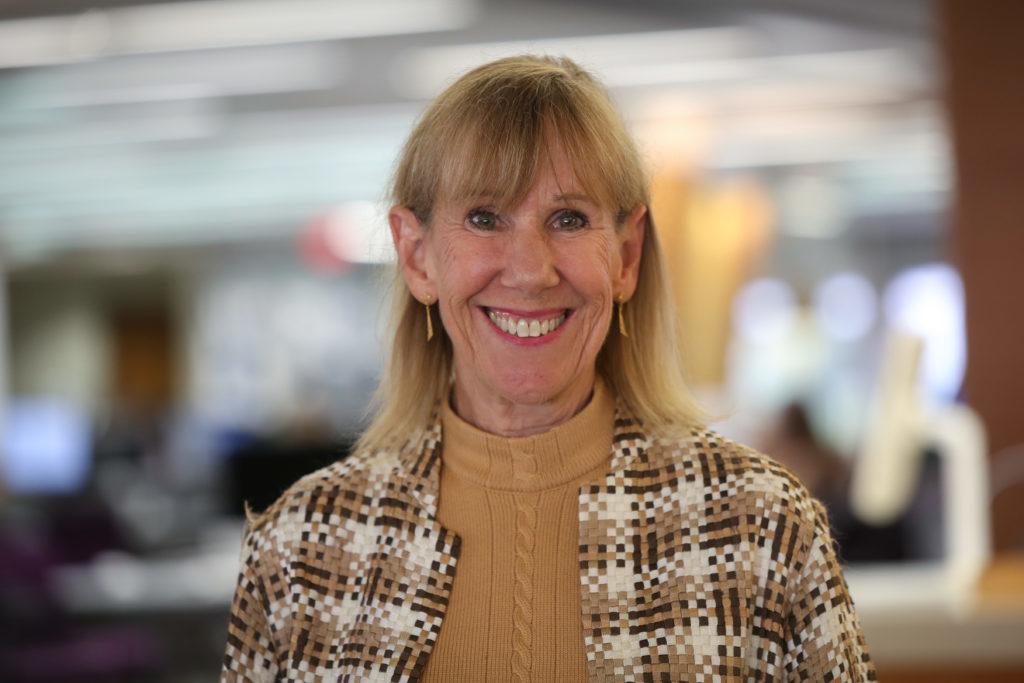GW has increased production of online classes by nearly 30 percent over the past two years.
Geneva Henry, the dean of libraries and academic innovation, said GW’s online course development team helped produce 92 courses across multiple disciplines last fiscal year, compared to the 60 annual courses the University aimed to develop in 2015. Henry said some schools have adopted their own online class design teams, and GW’s production process is different for each school.
“Demand for online classes has increased significantly over the last few years,” she said. “To meet this demand, GW now approaches online support via a more scalable model for online course development.”
The School of Medicine and Health Sciences, the School of Nursing and the College of Professional Studies have experienced the most growth in online programs and have their own development teams, she said.
Henry said that for schools with fewer online course needs, the main online course team provides multimedia and graphic design services in addition to the products created by individual schools’ instructional designers.
She said the online development staff manage and provide quality checks for courses they don’t create for themselves, but she declined to say how many courses are produced in collaboration with external online course companies.
GW announced a partnership with online learning program 2U last month to offer 10 online programs across disciplines in the spring.
Henry declined to say how many employees have been added to the online development team this year.
She also declined to say how budget cuts have affected the production of online courses. GW announced budget cuts to central offices in 2015 after an unexpected drop in graduate school enrollment disrupted GW’s financial stability the year prior.
Experts in online learning said centralized programs encourage consistency in online courses across multiple schools or fields.
Steve Dwinnells, the director of the e-Campus Instructional Design Center at Eastern Kentucky University, said the school produces about 90 courses with a centralized team of 10 employees. He said if professors or individual schools made their own courses, the layout of each course could be unfamiliar or “confusing” for students taking classes in other areas, but a central team ensures the classes have the same layout and structure, he said.
“The designers can talk with each other and best practices,” he said. “It ends up with a better product.”
A Faculty Senate committee released a report last fall that highlighted concerns about the existing oversight for online programs. Officials defended the quality of online courses in February, and the senate passed a resolution calling for more oversight the next month.
Ravi Ravishanker, the associate dean of the massive open online courses provider WellesleyX at Wellesley College, said the school has produced fewer than 50 online and partially online courses total in the past two years. The department’s staff consists of a few instructional technologists and librarians, he said.
He said the program is small, but interest in short online courses has increased across the school. Staff on the development team also assist faculty who may want to incorporate digital elements, like videos, into their courses, Ravishanker said.
“It’s less to do with online courses than with helping faculty on how to blend their courses,” he said.




